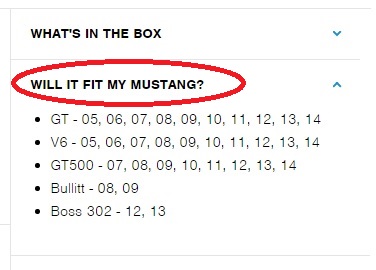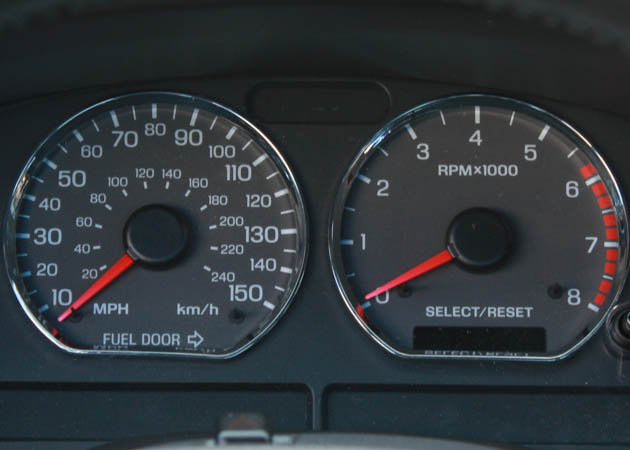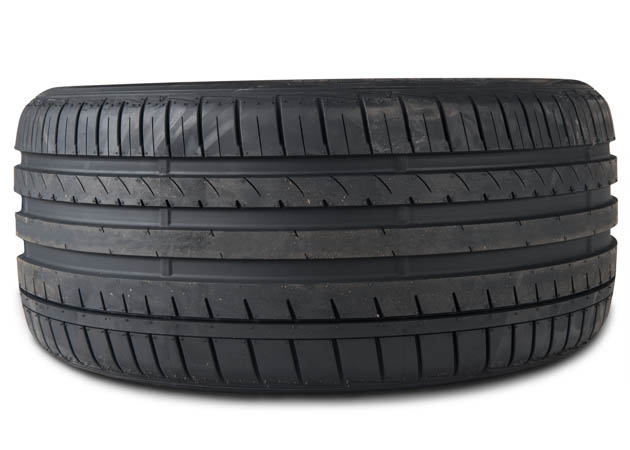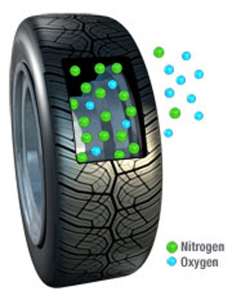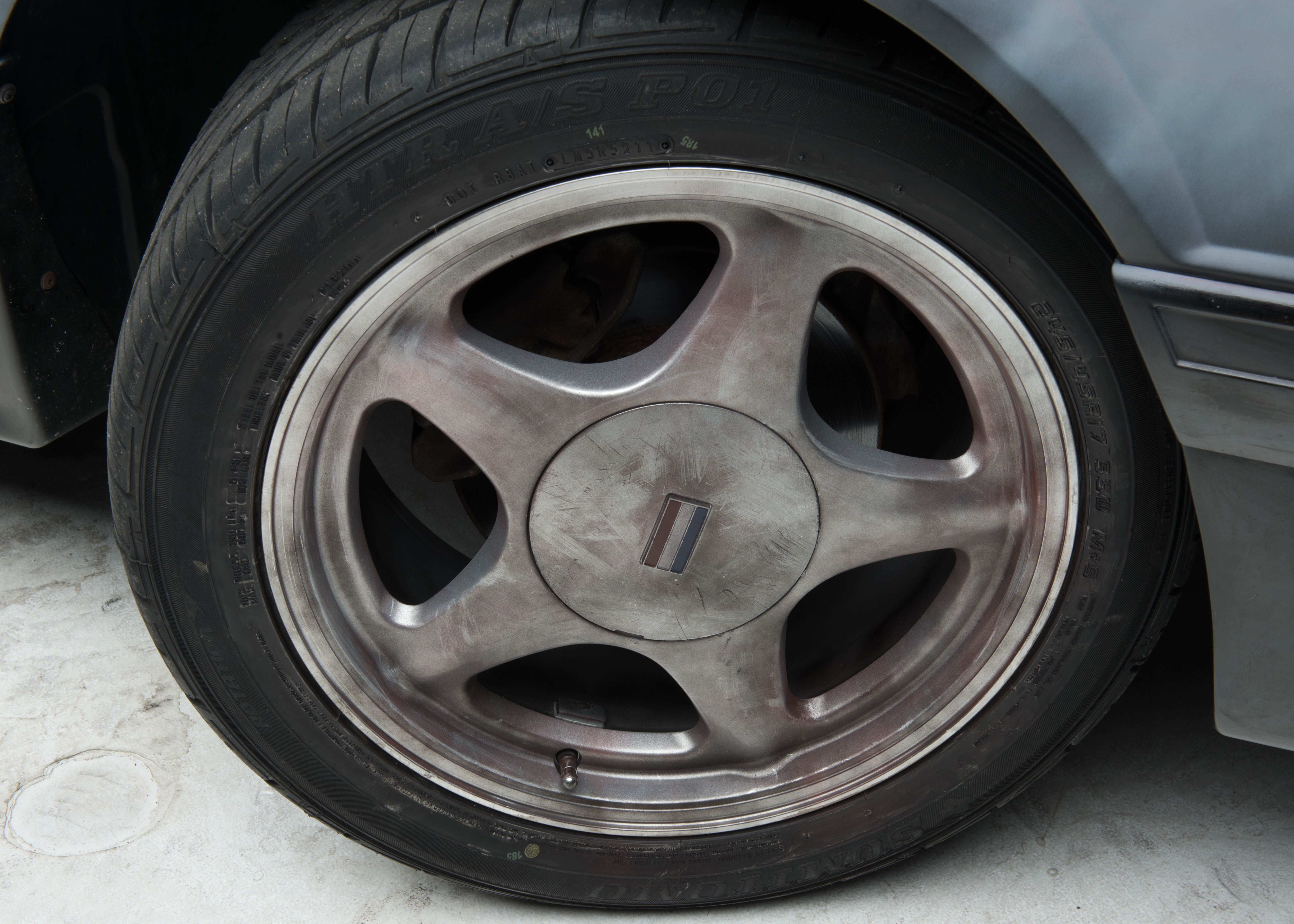One of the biggest ways to improve your car’s cornering power both on and off the track is choosing the right tire for your application. The more traction or grip a tire produces, the faster your car will be able to go around corners. It’s also well understood every tire has a finite amount of traction it can provide before it starts to slip. There are many factors that determine a tire’s grip level, starting with how soft and sticky the compound is, but other design elements like carcass construction, sidewall stiffness, tread block design, tire pressure, and temperature also play significant roles.
Tread Blocks: These large blocks of rubber are the contact point between the road and the tire. The larger the tread block, the better the traction is. However, large tread blocks tend to produce more road noise than smaller ones, but because of their large contact area, they’re stiffer and less prone to vibration and chunking under aggressive driving conditions. Medium to small-sized tread blocks are commonly found on all-season and wet performance oriented tires, whereas summer only tires usually rely on large, stiff tread blocks for their superior dry-handling characteristics.
Sipes: These are slits in the tread blocks that aid traction in wet and snowy weather conditions. They are most common on winter tires, but many all-season tires incorporate them as well. Sipes provide an increase in biting edges when they expand and open up on contact, helping evacuate slush, snow, or water from the treads, thereby increasing available grip. Sipes compromise handling performance, though, since they can make a tire feel squirmy and vague in warm, dry conditions. That’s why you won’t find them on any Ultra-High performance (UHP) summer or track oriented tires.
Grooves: Much like sipes, grooves help improve traction in wet weather. They are the main channels in a tire that help evacuate water quickly and effectively, reducing the chances of hydroplaning. The deeper and more numerous the grooves are, the greater wet performance you can expect out of a tire.
Radial Plies & Steel Belts: The internal structure of a tire consists of radial plies and steel belts. The interwoven construction of these two materials is what gives tires their strength, stiffness, and durability. When a tire is put under load, the radial plies and steel belts are what resist these forces and help the tire maintain its shape and remain in constant contact with the road. Another benefit of these elements is tires run cooler and are less susceptible to punctures and blowouts. The only real drawback is weight. The more material used usually helps aid tire stability and stiffness but adds weight to the tire, which in turn adds unsprung mass to the car.
Sidewall: Sidewall construction is important to performance because a stiffer sidewall will provide more control, faster turn-in response, and a more responsive feel over the road. This highly responsive feel is ideal for enthusiasts, but can be a nerve racking for comfort seeking drivers since stiff sidewalls tend to be unforgiving and snappy in nature. Sidewall stiffness also plays an important role in ride quality. Obviously, the softer the sidewall, the more comfortable a tire will feel (and vice versa). The same goes for sidewall height. A low-profile tire will be less forgiving to bumps and holes in the road versus a taller one, but a tall sidewall is prone to more roll and is therefore going to reduce turn-in response and steering feel.


